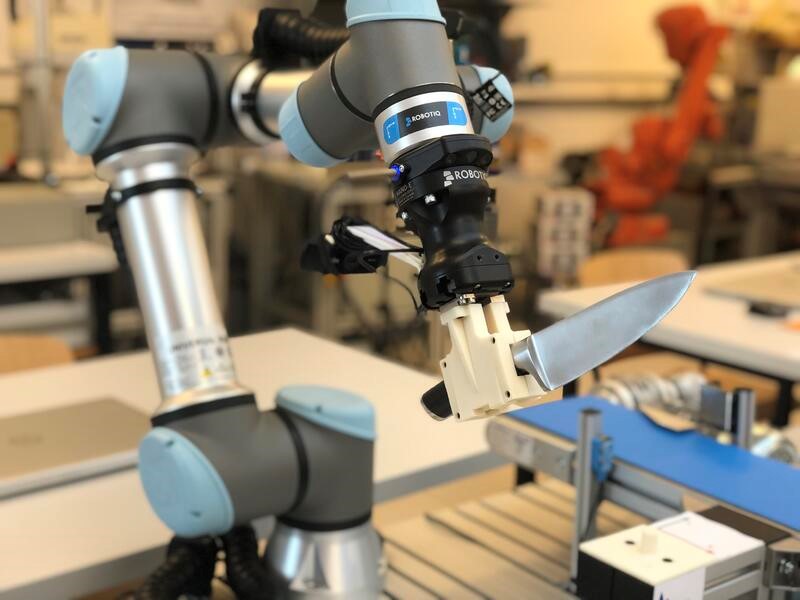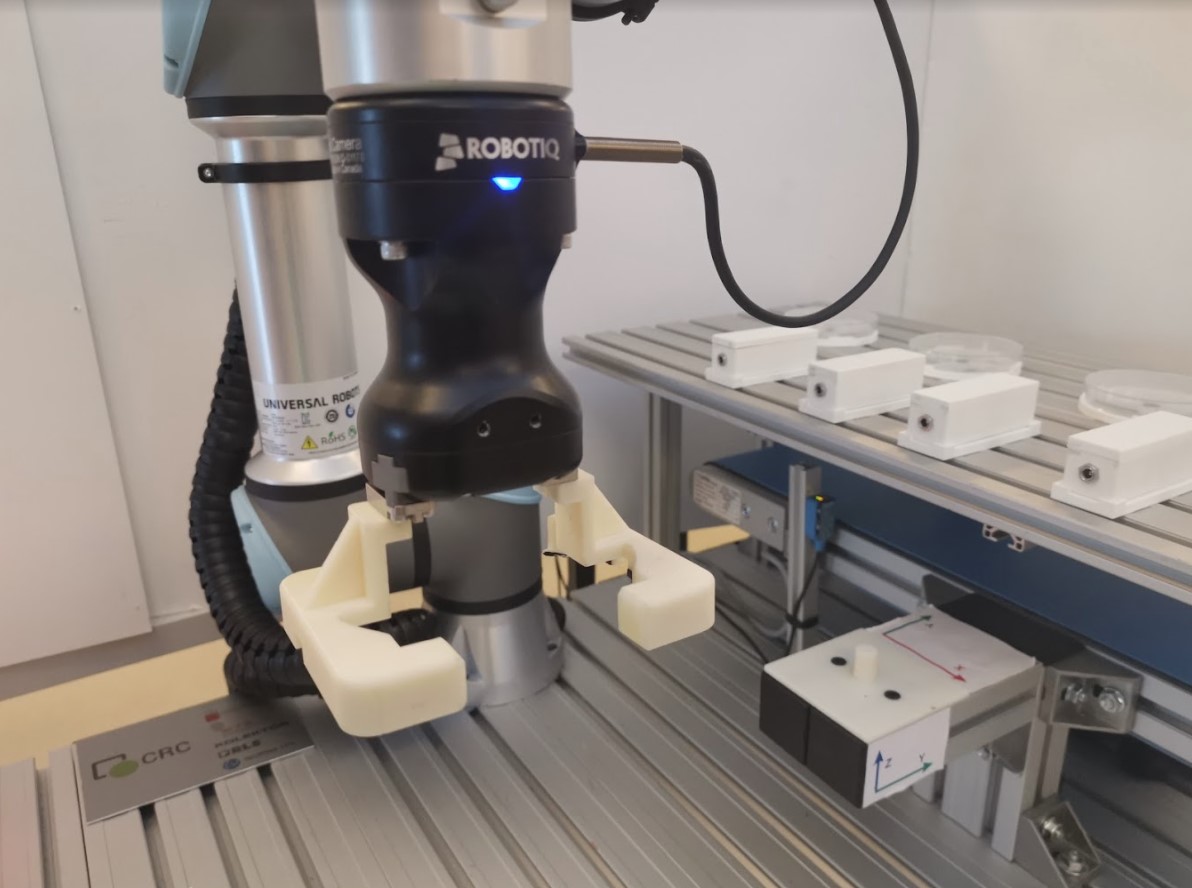Milestone 1
Metrics, protocols and experimental trials for assessing human comfort and robot acceptance while observing robot at a distance
Safety and trust are among the most critical aspects of human-robot interaction. Perceived safety describes the user’s perception of the level of danger when interacting with a robot, and the user’s level of comfort during the interaction. The aim of CROPS is to understand how humans perceive and accept robots’ safety in various circumstances (different tool dangerousness, robot position to the user, predictability of robot movements, and habituation). Metrics of users’ robot acceptance combine psychological (self-report) and physiological measurements. Volunteers were observing a robot at work (passive observation at a distance) or were collaborating with the robot (carry out the activity together with the robot). Obtained knowledge enabled design of Perceived Safety Toolkit, a tool used for assessing perceived safety based on application description.
SafeAroundRobots - COVR project
This project has received funding from the European Union’s Horizon 2020 research and innovation programme under grant agreement No 779966.

Metrics, protocols and experimental trials for assessing human comfort and robot acceptance while observing robot at a distance

Metrics, protocols and experimental trials for assessing human comfort and robot acceptance during robot collaboration
Perceived safety has a major role when trying to design a robotic cell that will provide stress-free and comfortable interaction for the human. Perceived Safety Toolkit is a tool that can be used in early stages of the development of robotics systems to help to guide towards user-friendly design. It can also be used during the integration phase or even when the robotic cell is already operational. Here small changes in the robotic program (e.g., smaller velocities or a little bit different approach for picking up parts) can lead to a better experience for the operator of the robotic cell.
Perceived Safety Toolkit was designed with a user-friendly interface. Users can describe the robotic application with only five parameters for which no special knowledge is needed. The predicted parameters from the PST are translated to simple information that can be easily interpreted by the user. In addition, the results are also colour coded for better understanding. If the addressed application is not assessed as being perceived as safe, additional hints should help the user to understand what can be improved.
Perceived Safety Toolkit presents a valuable tool for improving work environments that include collaborative robots and helps with easier integration of collaborative technologies to every-day use.
Consortium consisted of two members of University of Ljubljana: Faculty of Electrical Engineering and Faculty of Arts
For any questions, comments, prepositions
sebastjan.slajpah[at]fe.uni-lj.si